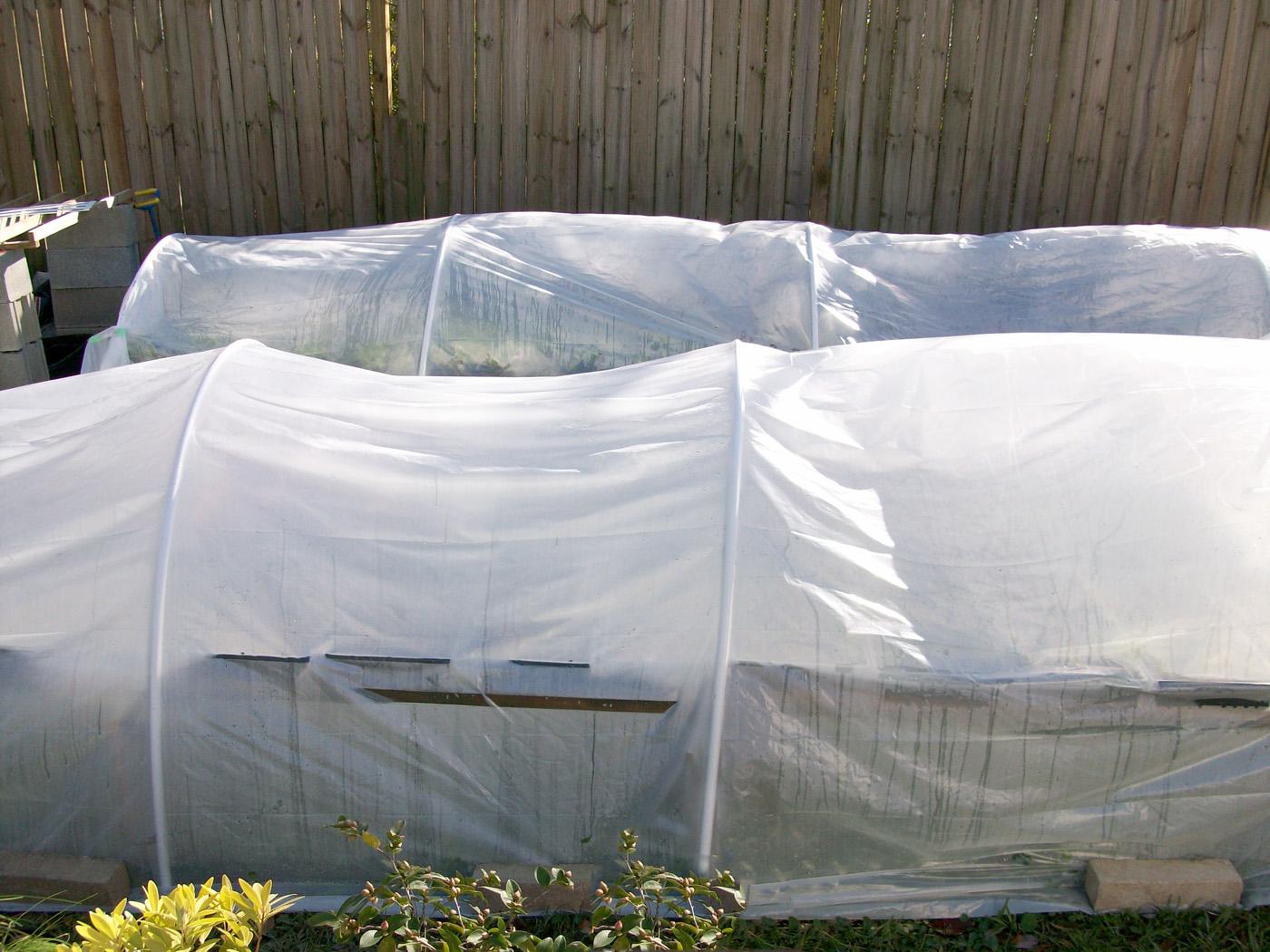Information Possibly Outdated
The information presented on this page was originally released on December 8, 2010. It may not be outdated, but please search our site for more current information. If you plan to quote or reference this information in a publication, please check with the Extension specialist or author before proceeding.
Protect plants from winter cold damage
The freezing temperatures we are experiencing this week are a stark reminder of the need to provide winter protection for some landscape and garden plants.
Here are some tips to help ward off some of old man winter’s chill. One of the best things you can do for evergreen landscape plants is to give them a good layer of mulch and water them thoroughly. The mulch acts as a blanket, insulating the root system from cold temperatures.
I always receive questions about how much to water in the winter. Maintaining adequate soil moisture is just as important during winter as during summer. Adequate moisture is especially important for plants grown in containers. The moisture in the potting mix buffers falling temperatures, providing insulation and releasing heat as it cools.
Plants grown in containers have the advantage of being portable. When the temperatures dip towards freezing and below, an easy solution is to move the plants into the garage for a couple of days.
If moving them to a garage is not an option, place the plants up against the house to provide some protection. West- and south-facing walls are best, as they receive more heat from the sun than north- or east-facing walls.
Landscape plants can be covered with old bed sheets, plastic sheets or cardboard boxes. Frost collects on the covering rather than on the plant’s foliage. Make sure the foliage does not touch the covering, as the cold can be readily transferred through this thin barrier. Open the covering on sunny days; even in cold weather, the temperature can rise quickly and damage the plant.
Protect vegetable gardens in much the same way. You can use 1/2-inch PVC pipe and plastic sheeting to make a simple hoop structure that acts like a greenhouse.
Homeowners in the coastal counties are concerned about citrus trees during and after cold spells. Temperatures in the low 20s for more than five hours will damage the fruit. Temperatures in the low teens for more than five hours will damage the tree. Cover the trees as I’ve described to offer them a bit of protection.
Even when gardeners provide cold weather protection, plants can be injured by freezing temperatures. Injury to herbaceous plants is immediately evident, as the plant tissue darkens and seems to melt away.
Woody landscape plants are a different story. It may be several weeks or even into the spring or summer before cold temperature damage can be seen, so don’t be in a rush to prune these plants after a freeze. Be patient and look for damage when the woody plants start growing again next year.









